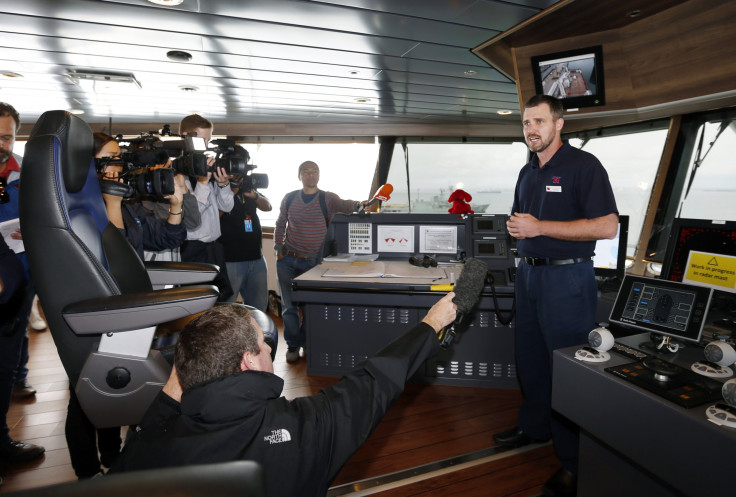Flight 370 Black Box Locator: How The Navy's 'Pinger' Device May Lead Searchers To Missing Malaysia Arlines Plane

The search for Malaysian Airlines flight MH370 continues off the coast of western Australia today, and search parties are now ready to deploy pinger locators to try to find the MH370’s black box flight recorder.
The U.S. Navy device is called the Towed Pinger Locator (TPL) 25. Searchers tow the TPL behind a ship at 1 to 5 knots and listen for the ping of the flight recorder. It can detect a black box located up to 20,000 feet below the surface.
The same Towed Pinger Locator was used in the search for Air France Flight 447 but searchers were unable to narrow a small enough search area in time for it to be used. That’s because a black box pinger battery lasts from 30-45 days. In the case of Flight 447, searchers had to switch to a towed sonar device once the pinger ran out of battery power.
MH370’s pinger should continue to operate until April 7 at least, and maybe through April 22. However, the ship outfitted with the pinger locator won’t reach the search area for at least three days. Even when search crews get out to the search area, the TPL is effective only when a search area can be narrowed.
Dr. Alec Duncan of Curtin University told Perth Now that searchers need to find debris on the surface to narrow the search area, “until they do that there’s really no point trying to look underwater,” he said.
In the case of Air France Flight 447, searchers had found wreckage and had a 50 mile radius search area but still couldn’t find wreckage. When they deployed sonar to find Air France Flight 447, it took them around seven weeks to search an expanded 2,400 sq mi area.
The current search area for MH370 is around 123,000 square miles and the TPL can cover around 60 square miles per day. Since it would take 2,050 days to search that entire area with the TPL, it’s imperative that searchers find wreckage to narrow the search area. Realistically a ship outfitted with a TPL could cover 1,200 square miles before MH370’s black box pinger battery runs out.
That’s why Capt. Mark Matthews, who supervises the U.S. Navy’s salvage and diving efforts says the search could take years. “Right now the search area is basically the seize of the Indian Ocean, which would take an untenable amount of time to search,” said Matthews earlier today.
In an ideal situation, surface wreckage can be confirmed in the next few days. That would give searchers a search area that is possibly small enough to effectively deploy the TPL and find the black box. Once the black box is recovered, investigators can determine exactly what happened to MH370. If the pinger battery dies before it does, then searchers are facing a much longer timeline until possible recovery. And ultimately, there’s no guarantee they’ll be able to locate the black box and put speculation to rest.
© Copyright IBTimes 2024. All rights reserved.












